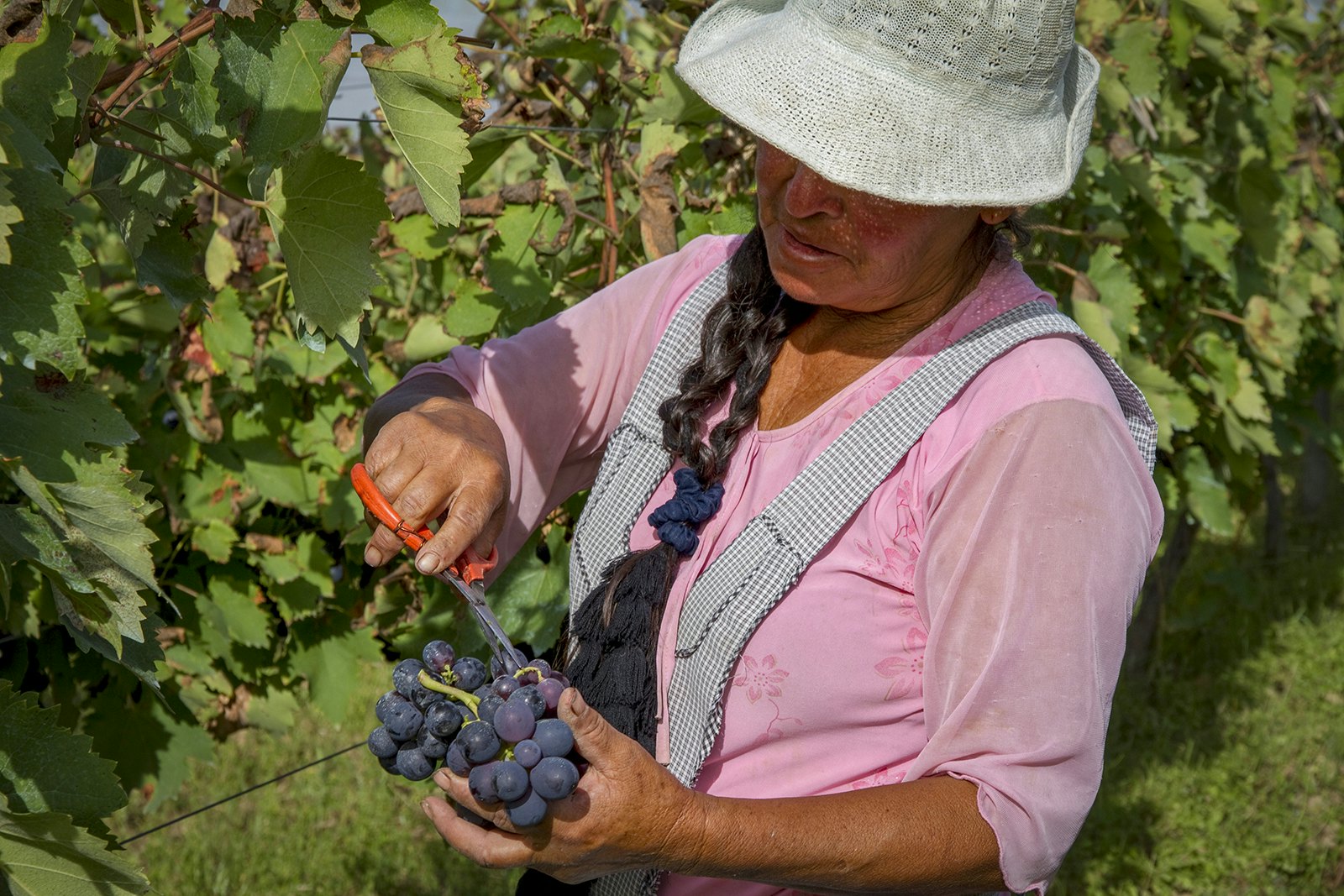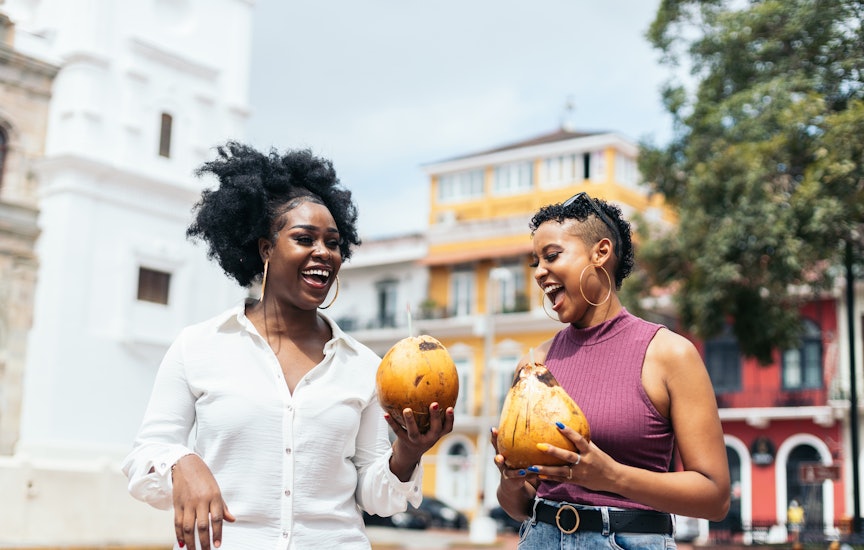

Wander the magnificent cholet buildings of El Alto, Bolivia © AIZAR RALDES / Getty Images
Bolivia is a land of superlatives that holds within its borders earth’s largest salt flat, highest navigable lake and most biodiverse national park. These landmark attractions – Salar de Uyuni, Lake Titicaca and Parque Nacional Madidi – are what draw most visitors to the landlocked South American country, but they also line people up on a clearly defined gringo trail that can be hard to avoid. That’s why we’ve put together a list of seven alternative destinations that will take you far from the well-worn path and into the Bolivia less traveled.

El Alto
Alternative to La Paz. Most journeys to Bolivia begin in the de facto capital of La Paz. However, just above this sprawling metropolis lies the even larger satellite city of El Alto, which is considered the highest major urban center in the world. El Alto sits at a (quite literally) breathtaking 4,150m (13,615ft) above sea level on the Bolivian altiplano and is home to a predominantly indigenous population of Aymará and Quechua people, who moved here from rural Bolivia starting in the 1950s. Though long overlooked by foreign visitors, that’s starting to change thanks to the opening of the world’s largest cable car system, which links El Alto and La Paz in under five minutes. El Alto claims Bolivia’s largest market (Mercado 16 de Julio), as well as wildly popular wrestling matches between female ‘cholitas’ and Technicolor cholet homes designed by the preeminent Aymará architect Freddy Mamani. These flamboyant New Andean mansions – which radiate in 50 shades of neon – have totally overhauled the look of El Alto, giving it a singular style unlike anywhere else in the world.

Sorata
Alternative to Coroico. The cycling trip from the chilly altiplano to the subtropical Yungas region along the World’s Most Dangerous Road (WMDR) has become a rite of passage for any backpacker traveling in South America, making the small town at its end, Coroico, the top destination for a quick trip out of La Paz. That crown used to be held by another Yungas town, Sorata, until social unrest in the early 2000s scared visitors away. Yet, Sorata’s dark days are long gone, and the small colonial village has plenty to offer active tourists. For starters, it boasts a handful of gravity-defying single-track trails that put the WMDR to shame. You can also climb up to Andean glaciers, stroll past riverside caves (like Las Cuevas del Rio San Cristobal) or set off on the multi-day Camino del Oro trek, an old Inca road used to connect the altiplano with the lowland goldfields.

Isla Pariti
Alternative to Isla del Sol. Isla del Sol is the most popular destination on the Bolivian side of Lake Titicaca (the world’s highest navigable body of water at about 3,810m above sea level). Yet, with a conflict between its northern and southern communities showing no signs of abating – and more than half of the island off-limits to tourists – now is the perfect time to discover another jewel in Titicaca’s crown. Isla Pariti lies in Lago de Wiñaymarka, the southern branch of Titicaca, near the lakefront pueblo of Huatajata. Surrounded by totora-reed marshes and home to just 200 people, tiny Pariti captured global headlines in 2004 when a team of archaeologists uncovered stunning pots and ch’alladores (vases) of the Tiwanaku culture here. You can now view the high artistic achievements of these ancient potters at the community-run Museo de Pariti.

Iskanwaya
Alternative to Tiwanaku. Tiwanaku is the most popular pre-Columbian archaeological site in Bolivia thanks to its proximity to La Paz. Yet, it’s the hard-to-reach, rarely visited and even more mysterious ruins of Iskanwaya that history aficionados would be a fool to miss. Iskanwaya spills down the side of a mountain in the Cordillera Real range about 250m above the Rio Llica. Thought to be both older and larger than Machu Picchu, though less preserved, it was likely built between 1145 and 1425 by the little studied Mollo culture (which predated the Inca civilization). Visitors can let their imaginations run wild as they share 13 hectares of ruins with the shepherds below and condors above.

Trinidad
Alternative to Rurrenabaque. Most travelers head straight to Rurrenabaque (and the adjacent Parque Nacional Madidi) to live out their Amazonian fantasies, yet the more easterly city of Trinidad serves as an equally compelling base for languorous jungle adventures. You can follow La Ruta del Bufeo down the sinewy Río Ibare in search of pink river dolphins, or head to the nearby Área Protegida Municipal Gran Mojos to spot critically endangered blue-throated macaws. Trinidad is also the starting point for multiday river cruises along the Río Mamoré, which include spectacular wildlife watching and jungle walks to view prehistoric lomas (artificial mounds that some romantics believe were the source of popular Spanish legends of a rainforest El Dorado).

Lomas de Arena
Alternative to Salar de Uyuni. There’s no denying the appeal of the world’s largest salt flat, Salar de Uyuni, but if you want to escape the crowds in a lesser-known geological playground, consider a trip instead to Lomas de Arena. Located just 25km from the city of Santa Cruz, this sea of sand dunes is ideal for both active travelers (there’s great sandboarding) and birders (there are 286 species in the area). The surrounding forests are home to sloths, monkeys, caimans and capybara.

Tarija
Alternative to Sucre. The nation’s constitutional capital of Sucre would easily win the pageant for most beautiful Bolivian city, but its quaint colonial neighbor Tarija isn’t far behind. In fact, it’s gained a lot of attention in recent years thanks to its unlikely export: wine. Tarija is the Mendoza of Bolivia with some of the highest-altitude vineyards in the world located just beyond city limits in Valle de la Concepción. Stop by wineries like Bodega Aranjuez, Bodega La Concepción and Campos de Solana for tastings of refreshing rosés and tannin-rich tannats – all paired with local meats, cheeses and olives. Salud!
Make sure you're ready for anything with travel insurance from our trusted partners.
https://shop.lonelyplanet.com/products/bolivia-travel-guide-9?sku=9781743213933&countrycode=us&istCompanyId=526baf85-30a1-499b-a621-4e32e1df6ea6&istItemId=-xllllwxlii&istBid=tzrt&locale=en_US&gclid=EAIaIQobChMIu5Lti9W04AIVAhx9Ch076QwmEAQYAiABEgJTevD_BwE&gclsrc=aw.ds
















